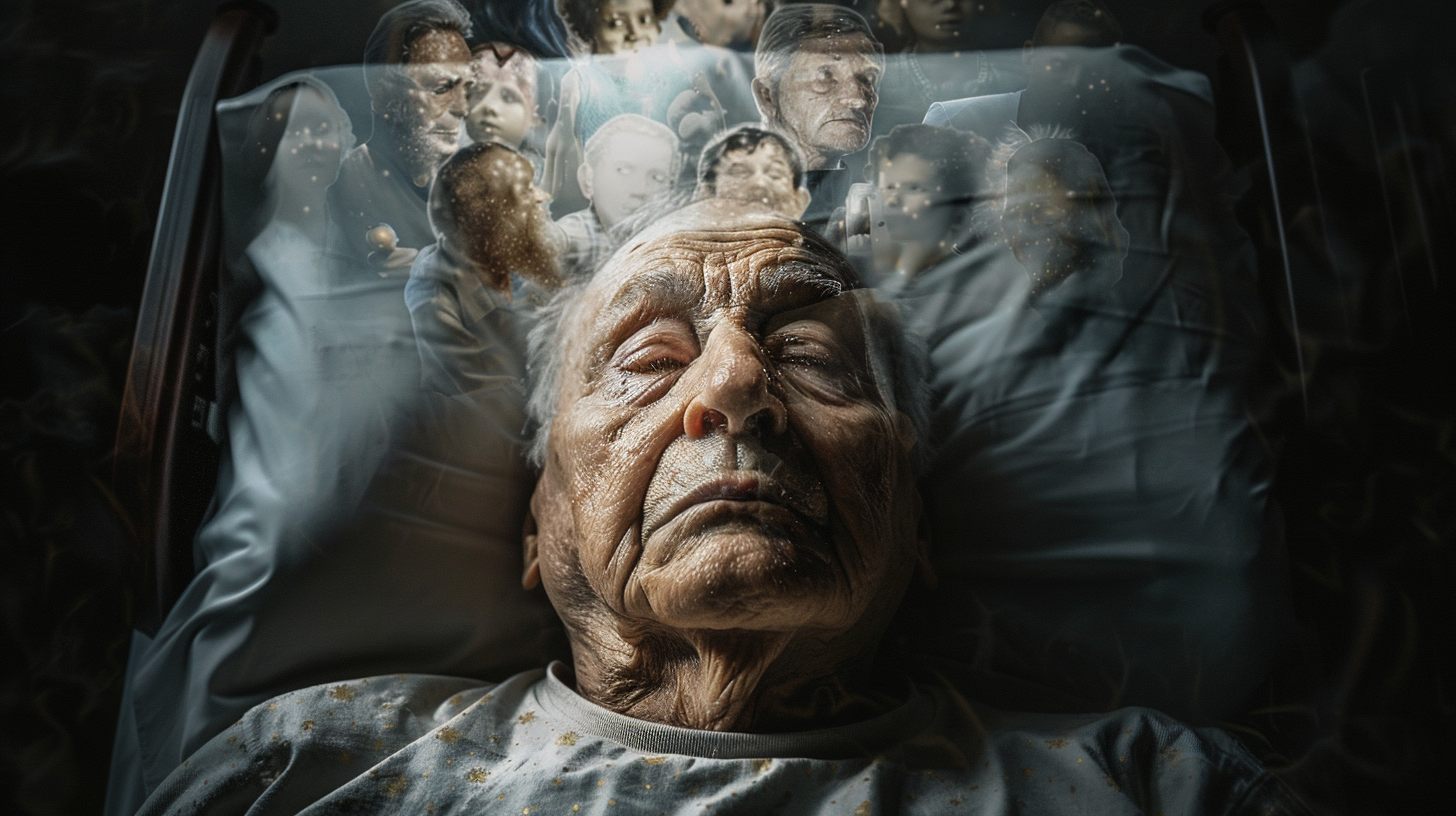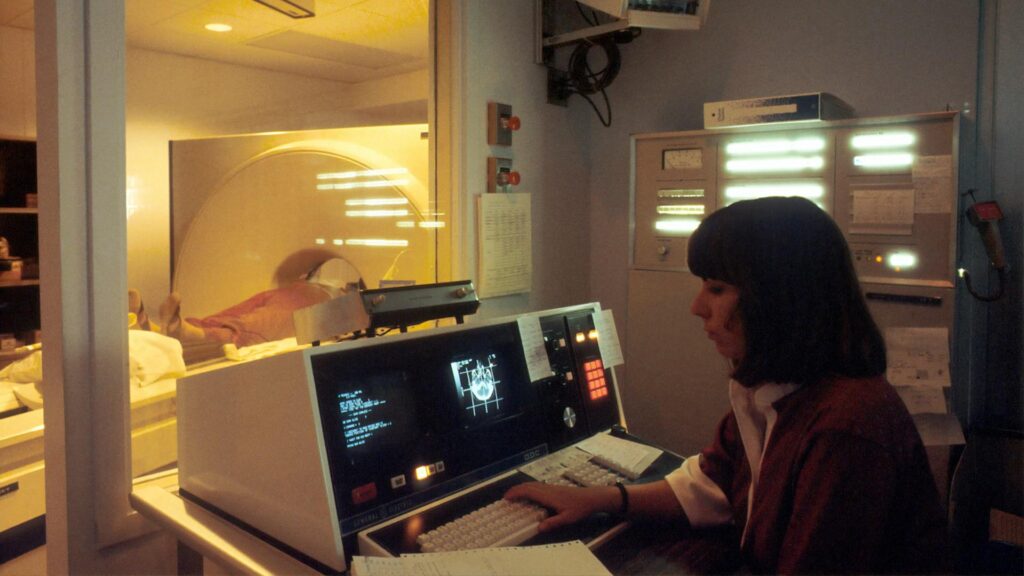Science
It’s Not About the Money or Atmosphere. Something Else Kills the Will to Work
22 December 2025

The bloody French Revolution, known as the era of guillotines, was a time when decapitation was the primary method of dispatching political opponents. A famous engraving documenting the execution of Louis XVI depicts the executioner holding the unfortunate’s head just above the cheering crowd. Beyond the obvious social effect, this gesture had another – hidden – meaning. It was believed that after execution for a fraction of a second, the victim was sufficiently conscious to witness the French crowd’s joy at their demise. Did the executioners of that time possess neurobiological knowledge?
We know about what occurs just before death only from accounts of people who have witnessed others dying, or from individuals who have survived a near-death experience. These narratives are naturally steeped in intense emotions, which calls for caution in their interpretation. Scientists who examined what occurs in our brains during death decided to provide more empirically verified knowledge. Will this help answer the question: what does the transition to “the other side” look like, and what happens to the brain after death?
The brain is undoubtedly our most crucial organ. It operates ceaselessly, 24 hours a day, seven days a week. It manages all processes occurring in our body, even those we would never consider. Its uniqueness lies in the fact that – beyond obvious biological functions – it encodes everything that defines who and what we are: our consciousness, memory, and emotions.
However, this does not mean our cerebrum does not require rest. It does so during sleep – a necessity for the brain, although this does not imply it remains “switched off”.
Until recently, it was believed that our body remains inactive during sleep. We now know that while we wander through Morpheus’ realm, our nervous system – led by the brain – works intensively to maintain our integrity. It is responsible for processes occurring in our memory. During sleep, the brain “saves” facts, experiences, and other data to its “hard drive”, transferring them from short-term memory to long-term memory. The longevity of these memories often relates to their associated reinforcement (this could involve emotions or other strengthening stimuli, for example, sensory ones). This process ensures that important information is more firmly etched in our minds. Moreover, our cerebral “onboard computer” uses this time to process unresolved issues from our waking hours, often manifesting as dreams – a form of continued emotional processing that helps us navigate our daily challenges.
We recommend: The Eternal Adversaries. Is This Conflict Unsolvable?

It is difficult to study something invisible. Recently, however, thanks to modern techniques, we can observe our brain’s work by measuring its electrical activity. EEG, or electroencephalography, is a non-invasive diagnostic method used to measure the brain’s bioelectrical activity to detect abnormalities. These are often symptoms of specific ailments. This method is also used in scientific clinical studies.
It was through the electroencephalogram that “different sleep phases” could be discovered. The NREM phase, or “deep” sleep – during which we experience the most rest – and the REM phase, or “light” sleep. During wakefulness, alpha waves can be observed – they occur when we are relaxed and thinking about “pie in the sky”. Gamma waves occur when we are in a state of increased cognitive activity. For example, shopping in a crowded mall requires a tremendous amount of energy needed to engage memory and attention.
To date, brain activity during sleep (NREM and REM) remains the most mysterious. It is precisely then that we experience dreams, whose appearance is depicted by electrical waves of specific frequencies.
The research results published in “Frontiers” are remarkably intriguing. It appears that the electrical activity in our brain just before death is similar to that observed during dreaming. The brain waves are almost identical.
Neurobiologists interested in this process have discovered that the entire dying process may be thoroughly coordinated by our brain and that this organ may remain active immediately after death.
The discovery occurred serendipitously when doctors in Tartu, Estonia, connected an 87-year-old man with epilepsy to EEG equipment. To detect the causes of his seizures, they decided on a so-called continuous procedure, recording data over some time. Unfortunately, during the examination, the man suffered a heart attack and died. Paradoxically, it was due to this unfortunate situation that it became possible to record for the first time what happens in our brains during death.
We recommend: The Fall of the Secret Service. How Prioritizing “Diversity” Undermines Professionalism

Scientists have put forward a bold thesis, suggesting that their discoveries may challenge our entire understanding of when life precisely ends. Their measurements encompassed 900 seconds of brain activity during death, with a particular focus on 30 seconds before and after the cessation of heart activity. It turned out that in the moment preceding clinical death (currently defined by the occurrence of cardiac arrest), the brain emits gamma waves. These waves are indicative of strong activity: heightened attention and concentration, as well as conscious perception in response to retrospective memory activity. Is this when the “accelerated life review” occurs, as reported by those who have had near-death experiences?
The study, which resulted from an unfortunate event, is the first scientific recording of its kind. For obvious reasons, it will be difficult to replicate on a sufficiently large clinical sample (in the world of empirical sciences, the quality of a study is partly determined by its reproducibility with similar results).
Similar results were previously obtained in rats living under controlled conditions. This may indicate that our (mammals’) main organ is programmed from the outset to coordinate dying and that it is not a random and chaotic process in any dimension. And if our biology predisposes us from the beginning to “cross over to the other side”, could this not be an evolutionary response suggesting that death is the beginning of another kind of existence?
The experience of death has long interested spiritualists and parapsychologists. Recently, scientists have also become intrigued. Accounts of out-of-body journeys have sparked research curiosity. Laboratory rats, whose biological activity was studied just before death, provided some data: their brains exhibit characteristic gamma wave activity, but also a “bombardment” of serotonin and dopamine immediately after oxygen ceases to reach the nervous system. Is this the moment when we experience the famous euphoria, bliss, and feeling of the soothing presence of an unknown entity?
A subsequent study from 2023 seems to corroborate the testimonies of those who have brushed with death. This time, scientists received permission to monitor comatose individuals whose biological functions were artificially maintained (patients were connected to ventilators, with no chance of breathing independently after disconnection). This study also recorded increased brain activity associated with gamma waves, from 30 seconds to two minutes after the equipment was disconnected. Does this mechanism indicate that a person is conscious when dying? It is impossible to answer this question definitively today, but the development of artificial intelligence may in the future allow for “reading” a patient’s final thoughts. Should this occur, new ethical challenges will emerge.
Is it easier for us to live with the awareness that these few decades of earthly existence are merely preparation for the next stage? If we functioned under the assumption that everything ends at the moment of death, would we be like terrified patients given a terminal diagnosis, except that our disease would be life itself? Sometimes science, despite its pragmatic nature, can bring us hope. The data collected during these studies allow us to surmise that at the moment when our loved ones close their eyes for the last time, memories of the best moments of their lives may be flowing through their consciousness. Perhaps this is preparation for embarking on a well-deserved rest?
Translation: Klaudia Tarasiewicz
Read the text in Polish: Mózg po śmierci. Co się z nami dzieje, gdy gaśnie życie
Science
22 December 2025



Zmień tryb na ciemny